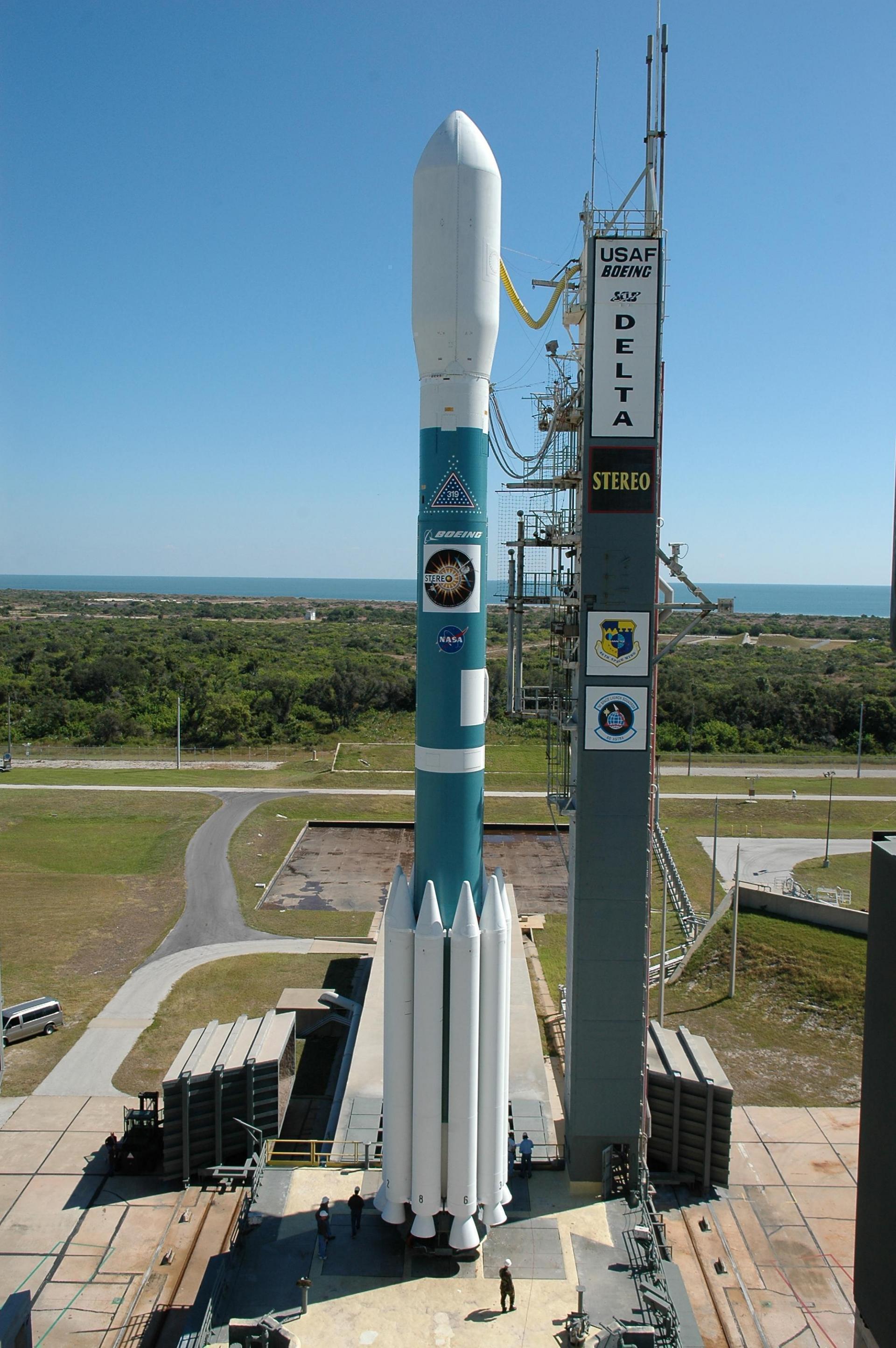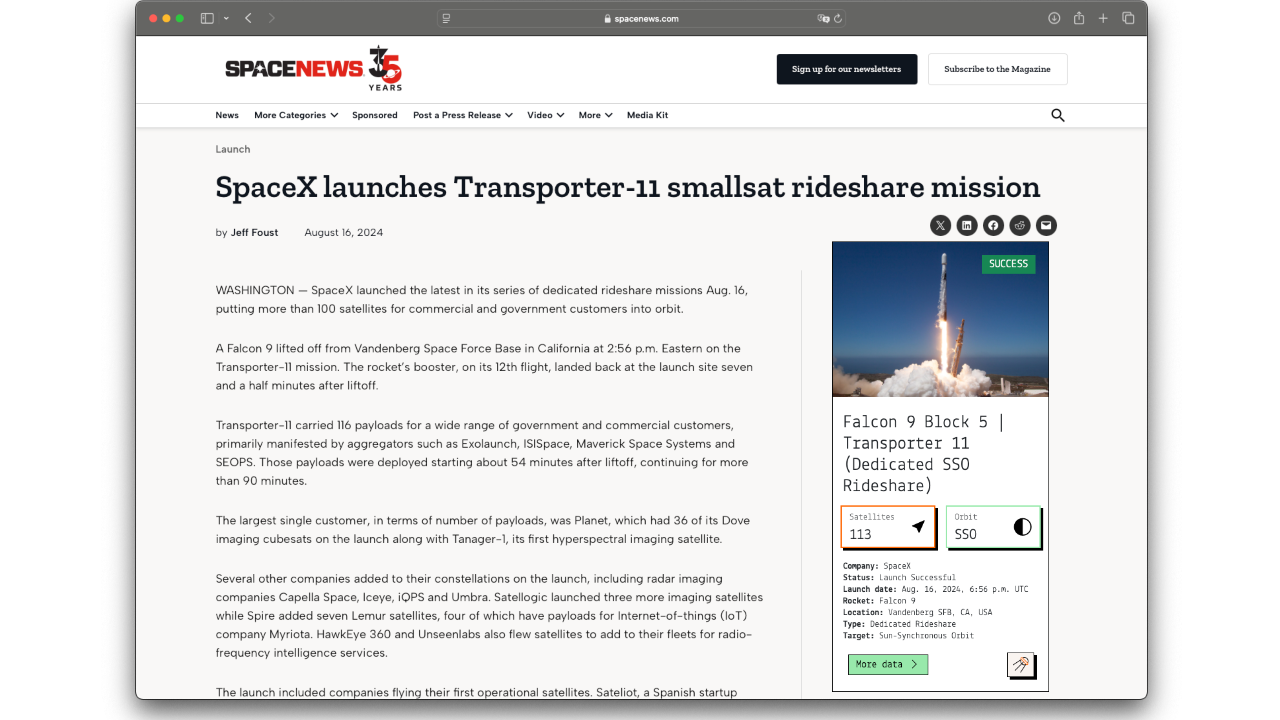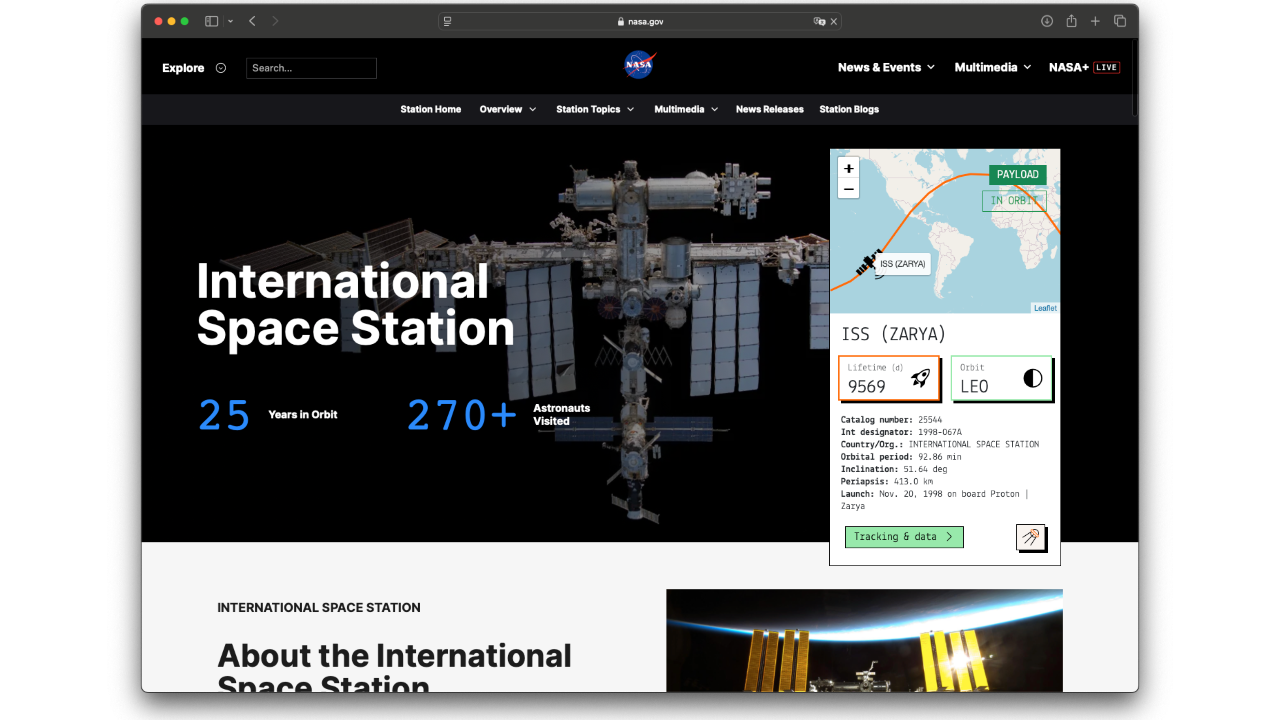Key statistics
Satellite DELTA 2 R/B(1) at a glance.
Uptime
6133
Days in orbit
Revolutions
≈ 7.3
Per day
Orbit
MEO
Medium Earth Orbit
Inclination
28.5
Latest
Satellite identification and parameters
Extended collection of information and parameters for DELTA 2 R/B(1).
Object identification
Identified? True
Debris? False
Object name: DELTA 2 R/B(1)
International designator: 2009-011C
Object number (NORAD): 34382
Object ID (CCSDS): 34382
Country: UNITED STATES OF AMERICA (US)
Current information (Y/N): Y
RCS size: LARGE
Orbital parameters
Period: 196.102 minutes
Inclination: 28.5488 deg
SMA: 11181.025 km
Apoapsis: 7343.998 km
Periapsis: 2261.783 km
RAAN: 298.1354 deg
Eccentricy: 0.22726964
Argument of periapsis: 68.2192 deg
Mean anomaly: 328.707 deg
Mean motion: 7.34311483 rev/day
Mean motion (dot): 0.00000042 rev/day2
B* drag term: 0.01073288 1/REarth
Two-line elements (TLE)
Creation date: Dec. 20, 2025, 11:53 a.m.
Reference frame: TEME
Reference center: EARTH
Epoch: Dec. 20, 2025, 4:40 a.m. UTC
TLE line 0: 0 DELTA 2 R/B(1)
TLE line 1: 1 34382U 09011C 25354.19447293 .00000042 00000-0 10733-1 0 9990
TLE line 2: 2 34382 28.5488 298.1354 2272696 68.2192 328.7070 7.34311483450663
Live tracking on map
Real-time ground track for satellite DELTA 2 R/B(1).
In-orbit conjunctions
There are no conjunctions computed for DELTA 2 R/B(1), at the moment. Check back to stay up to date, as we update our databases every day.
Go to all conjunctionsAssociated space launch
A space observatory to discover Earth-size planets orbiting other stars.
DELTA 2 R/B(1) was lifted into orbit during the mission ‘Delta II 7925-10L | Kepler’, on board a Delta II space rocket.
The launch took place on March 7, 2009, 3:49 a.m. from Space Launch Complex 17B.
For more information about the launch, click the button.

Delta II 7925-10L | Kepler
Agency: N/A
Status: Launch Successful
Launch date: March 7, 2009, 3:49 a.m. UTC
Rocket: Delta II
Launch pad: Space Launch Complex 17B
Location: Cape Canaveral SFS, FL, USA
...
Latest news about this satellite

Astronomers Map Stellar ‘Polka Dots’ Using NASA’s TESS, Kepler
Scientists have devised a new method for mapping the spottiness of distant stars by using observations from NASA missions of orbiting planets crossing their stars’ faces. The model builds on a technique researchers have used for decades to study star spot...

Data from Kepler reveals reason behind shrinking exoplanets
Located throughout the universe, there are billions — possibly even trillions — of exoplanets orbiting around stars of varying shapes, sizes, colors, and more. Like the stars they orbit, exoplanets also come in many different shapes, sizes, and colors, wi...
Newsletter sign-up
Weekly statistics, charts and insights to help you stay on top of the space industry.




